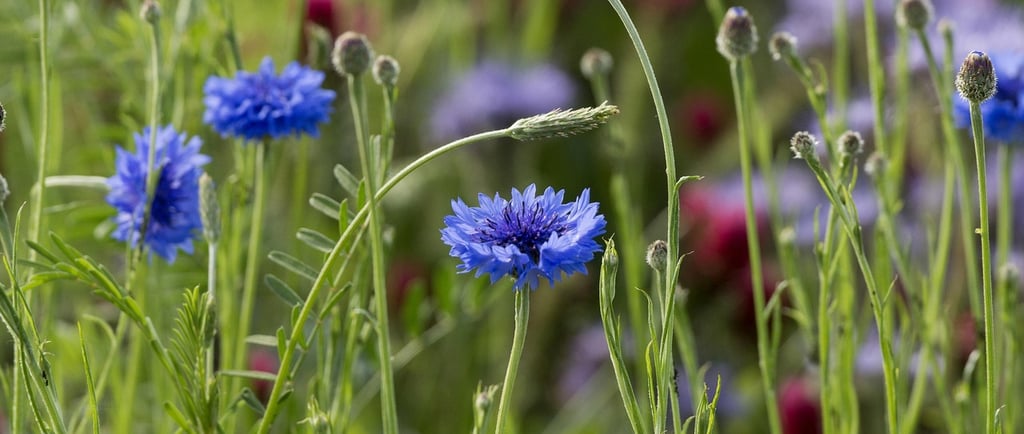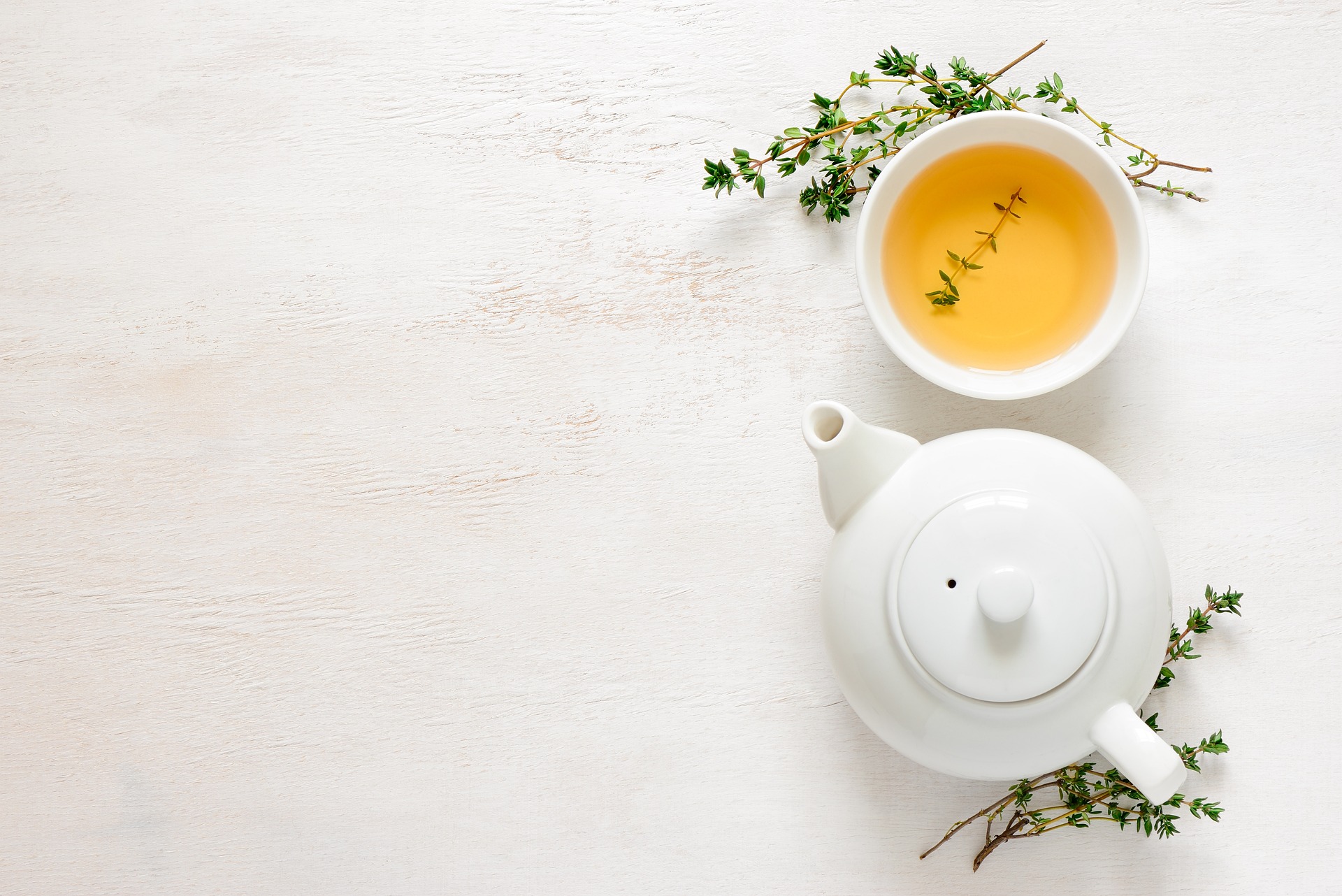The Edible Star of the Meadow 💙 The Cornflower 🌾
🌸 A follow-up story that connects directly to Chapter The Flower in the Biology Album. 💐✨ The Edible Star of the Meadow invites children to explore a flower that blends beauty, structure, and function in an extraordinary way. But also holds something more: it’s also a symbol of remembrance and hope. 💙With its vivid blue petals and star-like form, the cornflower is actually not one flower—but many! It introduces the concept of inflorescence, guiding children to recognize how a single “bloom” is a clever bouquet of tiny florets—just like daisies and sunflowers. 🌼🔍 The story connects the flower’s sweet edible petals to its role in attracting pollinators, while puzzling over how the pollen is tucked in the center and nectar offered at the edges. It builds on previous flower stories by exploring form and function, plant-human relationships, and cultural symbolism across history. This story invites children to wonder what other flowers grow on broken battlefields and ask: What other blossoms can be eaten ? 🌾💙✨
BIOLOGY STORIES
6/14/20253 min read


Some flowers are for admiring. Some are for eating. Some are for healing. But this flower is for all three! 🌸👁️🍽️✨ If you are walking through a green summer field, you can spot it. A bright splash of blue, as if a tiny piece of sky fell into the grass. 💙🌿 That’s no ordinary bloom.
Some people call it Bachelor’s Button—but it goes by many names. Here’s a twist: we call it Cornflower, it’s not the flower of the corn you eat 🌽❌🌸! Long ago, people named it this because it loved to grow wild among cereal crops like wheat and barley, which they used to call “corn”. So really, it’s the flower of the grain fields! 🌾🌼
💙 But wait—why is it also called Bachelor’s Button? A long time ago, before texting or love letters, people used flowers to send secret messages. One flower, with its bright blue petals and button-like shape, became known as the Bachelor’s Button. 💌 Young men would wear it in the buttonhole of their jacket if they were in love. 💙🧥If the flower stayed fresh and bright, it meant their love was strong and hopeful. But if it wilted quickly… it might mean their heart was broken. 💔🌸 A secret love note made of petals.
Now… do you remember what we call a flower that isn’t really one flower, but a whole bundle of tiny ones gathered together? 🌼 That’s right—it’s called an inflorescence (👏 in 👏 flo 👏 res 👏 cence)! From Latin in- meaning in/on, and florescere meaning to begin to bloom. So it means “a blooming together.” 🌸🌸🌸 Cornflower is part of the cleverAsteraceae family—just like the sunflower and daisy.🌻🌼💙
Look closely: the spiky “petals” are actually florets, each with its own little job!But here’s a puzzle! 🧩 The sweet nectar that bees and butterflies love hides in the starry florets on the outside, while the pollen and pistil—the flower’s reproductive parts—are in the center. So how do pollinators reach both? They must dance across the whole flowerhead, brushing pollen from the middle and sipping nectar from the side. 💃🦋 Isn’t that clever teamwork?
🌼✨ In ancient Egypt and Greece, people soaked the petals in water to make soothing eye washes. In medieval Europe, they were planted in physic gardens for herbal remedies. 💧👁️ Even today, cornflowers are used in teas and salves to calm the skin and help digestion. 🍵🌿
And here’s something delightful: all colors of cornflower are edible! 💙🌸🌿In medieval feasts, kings and queens sprinkled them on food like blue confetti! 🍽️ Today, people still use dried cornflowers in teas or to decorate cakes and herbal blends. Their color stays bright—even when dry! 🍰🍵🎂
Cornflowers have also become symbols of remembrance and peace. 💙 In France, people wear a little blue cornflower—called le Bleuet de France—on two special days each year: May 8th, to remember the end of World War II, and November 11th, to honor the end of World War I. 🕊️ On those days, people wear cornflower flowers on their jackets or place it on memorials to say “We remember you” to the brave people who lived through or lost their lives in war. 🇫🇷💙
But why this flower? 💭 There’s a powerful story behind it. During the war, while much of the land was turned into muddy trenches full of craters and chaos, the little blue cornflower kept growing. 🌱💙 It was one of the only flowers that dared to bloom, even when everything around it was broken. You may have seen another flower on Remembrance Day too—a bright red poppy. Like the cornflower in France, the poppy became a powerful symbol in many countries like Canada, United States the UK, and Australia. 💂🌍 🌺In fact, poppies love to grow in disturbed soil. When the battlefields of World War I were left torn and broken, the poppies quietly appeared. 🌍🌺 Their bright red petals were like little lanterns of life among the rubble. People saw them blooming and felt hope. That’s how the poppy became a flower to remember those who were lost. Just like the cornflower in France, the poppy says: “We remember.
They even made it to the canvas of Vincent van Gogh. 🎨 In his 1890 painting “Wheat Field with Cornflowers,” the brilliant blue blooms dance in golden fields—a gift to the eye and the heart. 🌾💙🖌️
Today, wild cornflowers are becoming rare in the countryside—but people plant them in gardens and flower pots to help pollinators like bees and butterflies. 🐝🦋 And here’s a project: try collecting your own Bachelor’s Button seeds when the flower dries! Just wait until the center gets papery and brown, and shake out the seeds into an envelope. 🌱💌 They’ll be ready to sow for next season!
💭 I wonder… what other flowers are safe to eat! 🌸👀💭 🧐 Why do some countries wear poppies and others cornflowers? Are there other symbols of remembrance around the world?Let's make a research and create your own chart of edible flowers and go outside to collect it. 🎨📝🌾
With Montessori joy,
Vanina 😊

